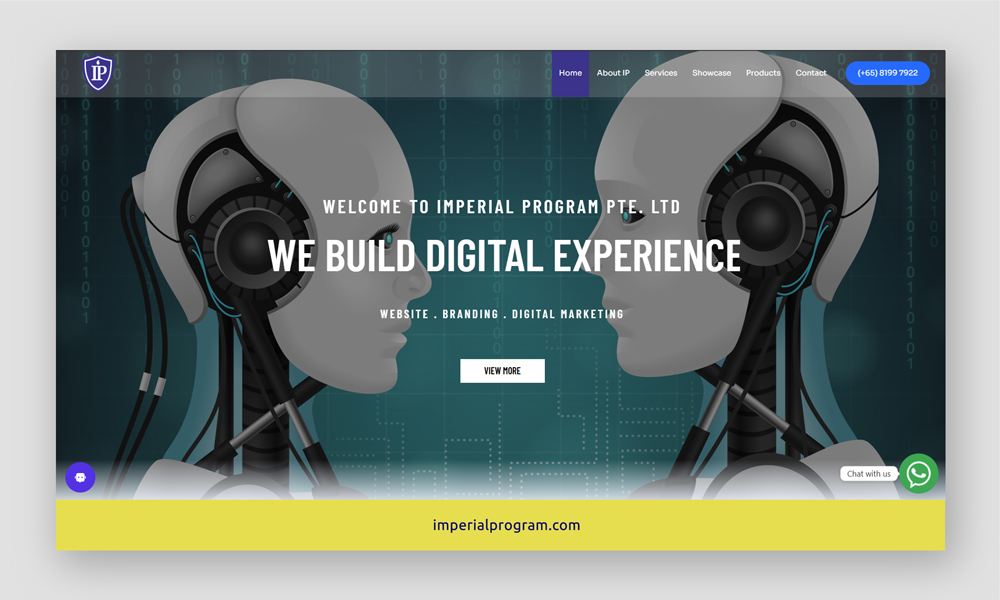



Starting your website and digital marketing journey for a new business is crucial to building an online presence. Here’s a prioritized guide to help you take the right first steps:




![]()





Following these priorities builds a solid foundation for your website and digital marketing journey, setting your new business up for long-term growth and success.
Subscribe to our weekly newsletter to receive the latest freebies in your inbox.
JOIN OUR MAIL LIST FOR EXCLUSIVE
